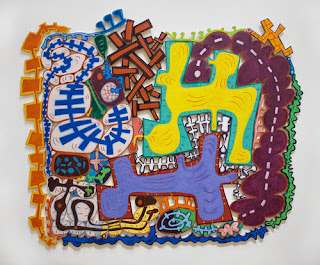A) I chose PNG because it has a high resolution and lossless compression, meaning it that is discards no information when it's compressed.
Link to the file format reference website
B) I lowered the opacity of the original image and created a new layer with full opacity on top of it. I selected colours as similar to the original as I could and put the 'Gaussian Blur' effect on many of the strokes to help blend the image.
C) I couldn't find a blur tool so I applied the blur effect to each individual stroke for a similar look.
D) I have mixed feelings about the final result. I think it looks nicely blended but at the same time, it's too blurry when the original image is much sharper.
.png)





